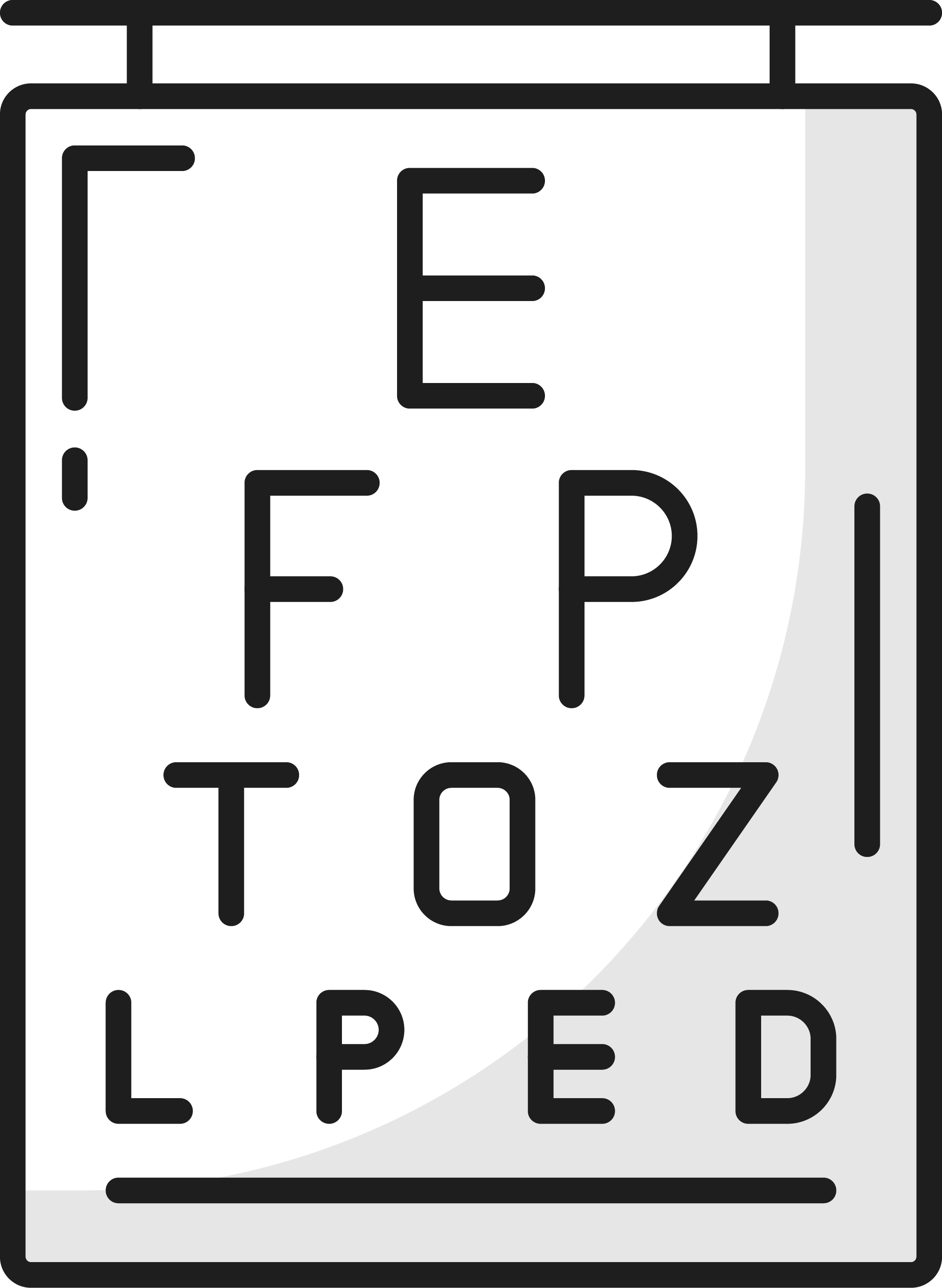LASIK: Freedom from Glasses & Contacts
The natural shape and curve of your cornea and eye dictates how clearly you see. If they are shaped just right, you will have clear vision at all distances. However, if your cornea is too steep or flat – or your eye is too long or short – you will end up with blurry vision at near, far or all distances. This is because the cornea is not allowing light to properly bend (refract) and focus on the retina (the back of the eye).

Eric Wood
Former Buffalo Bills Center & Current Buffalo Bills Radio Analyst
LASIK corrects these common refractive errors

Myopia
(nearsightedness)
Blurry distance vision, clear up-close vision – caused by a steep cornea or longer eye so light focuses in front of the retina
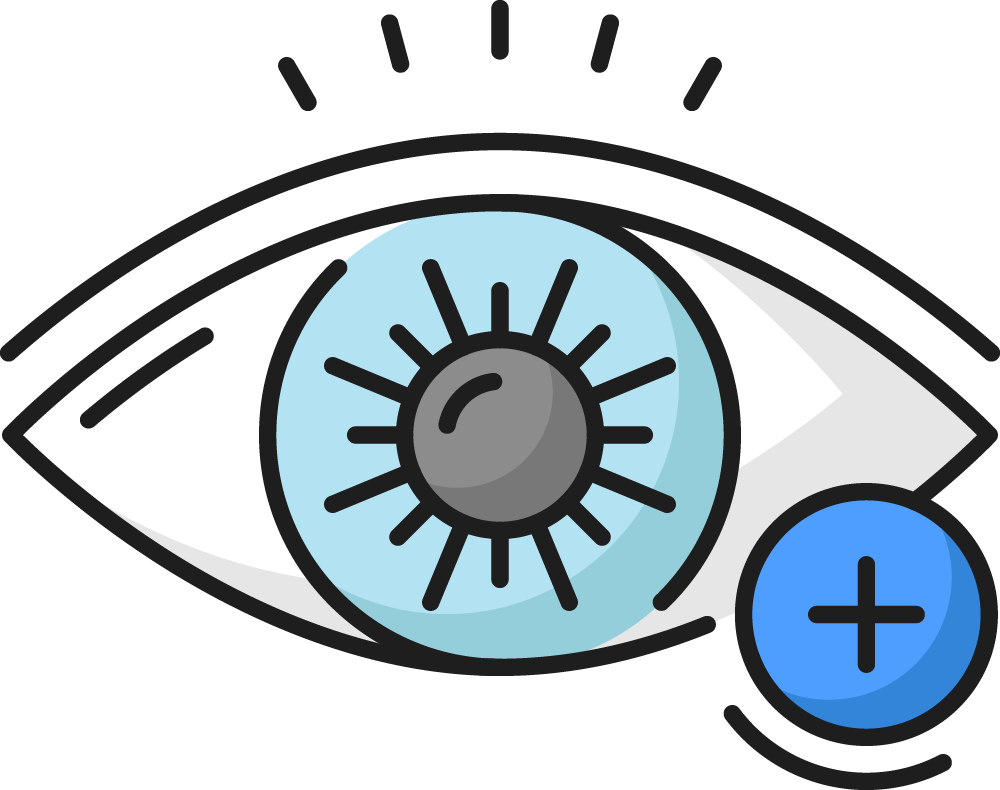
Hyperopia
(farsightedness)
Blurry up-close vision, clear distance vision – caused by a flatter cornea or a shorter eye so light focuses behind the retina
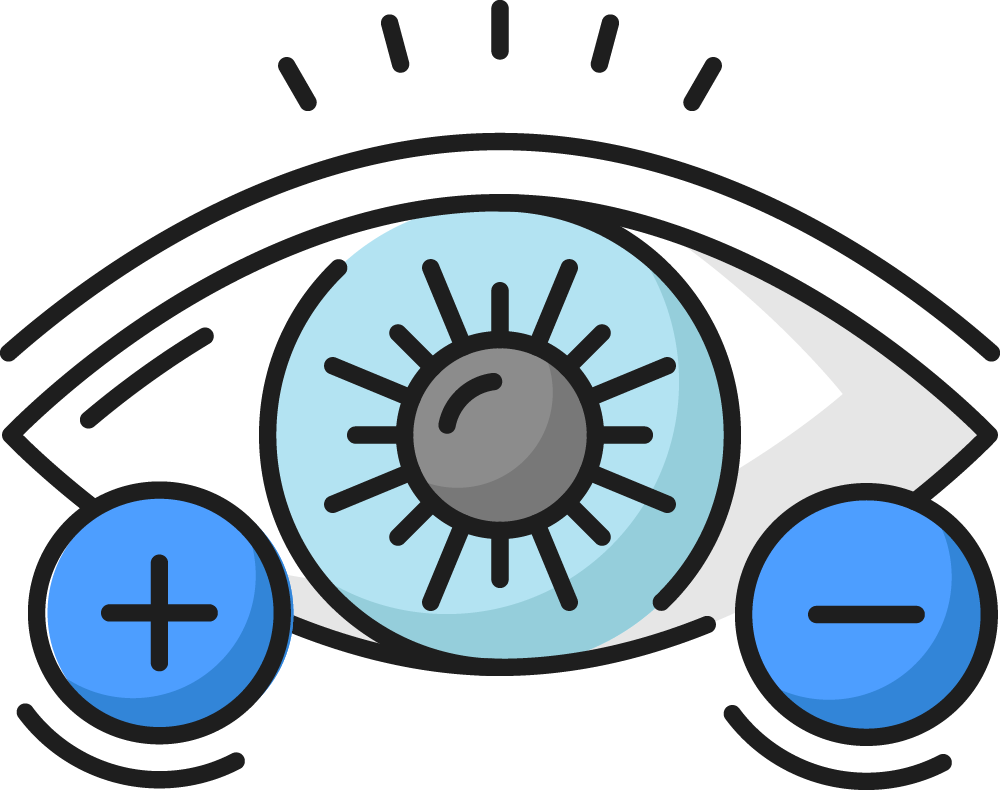
Astigmatism
Blurry vision at all distances caused by an oval shaped cornea, rather than a round shape

Wondering if LASIK is right for you?
Take our short questionnaire as a first step in your discovery process.
How LASIK Works
LASIK is performed to change the shape of your cornea so light entering your eyes can land directly onto your retina (the back of your eye). To do this, our doctors remove very small amounts of corneal tissue.
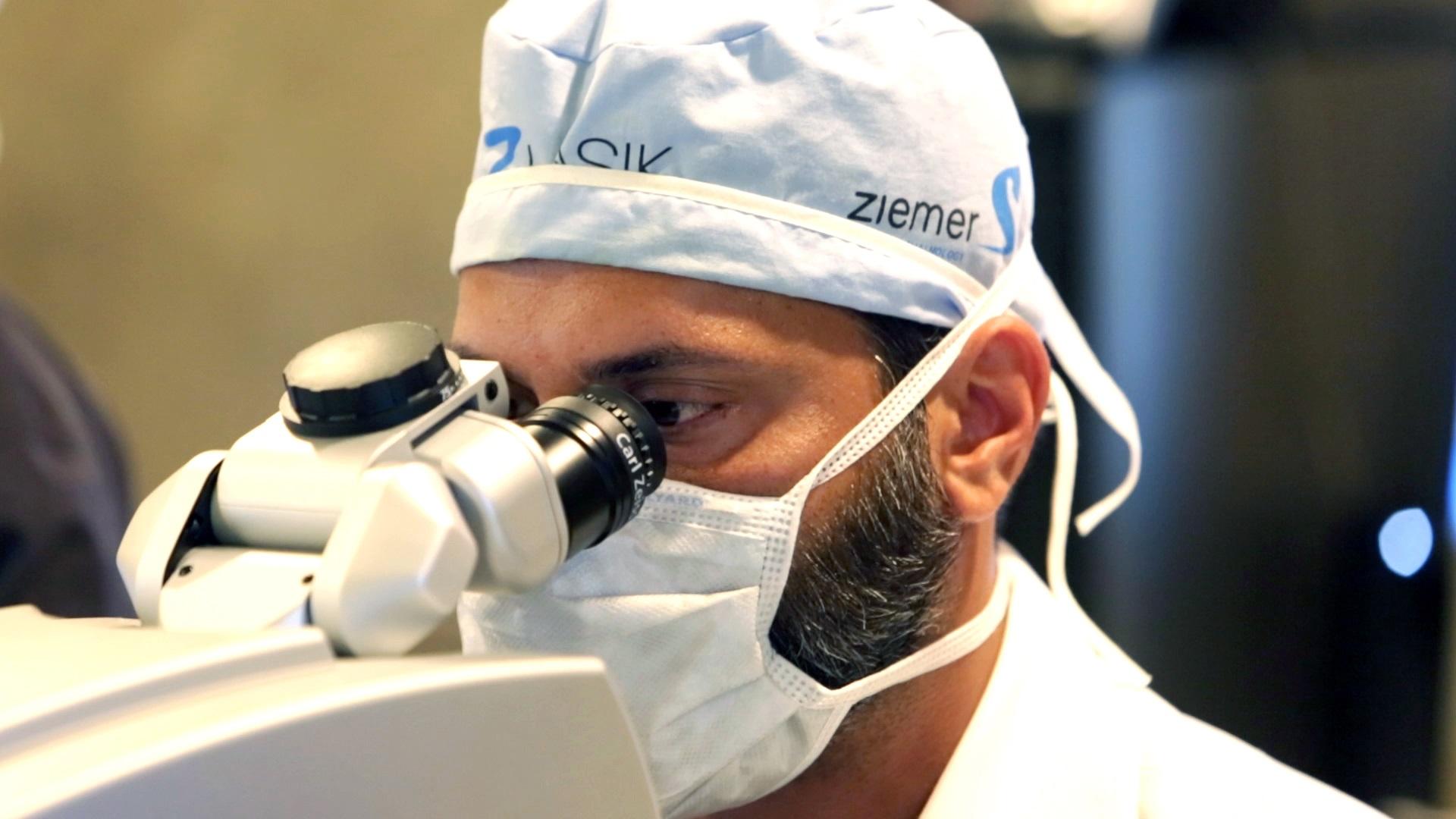

CONTOURA® Vision
Prior to your procedure, we assess your eye health, measure your corneal thickness
and evaluate the unique shape of your eyes to determine exactly how to reshape
your cornea.
Our doctors use CONTOURA® Vision
To study the contour and characteristics of your cornea. CONTOURA Vision takes personalized, customized. LASIK to a whole new level. This amazing topography-guided LASIK technology allows our doctors to analyze up to 22,000 data points on each eye, creating an extremely precise computerized map of each eye’s elevation points. It’s like a unique fingerprint of your eye, allowing the doctor to know exactly what areas of your cornea need to be reshaped to achieve the sharpest vision possible. By altering just those areas that are causing the refractive error, light entering your eyes will be better equipped to land directly on your retina for superior vision.
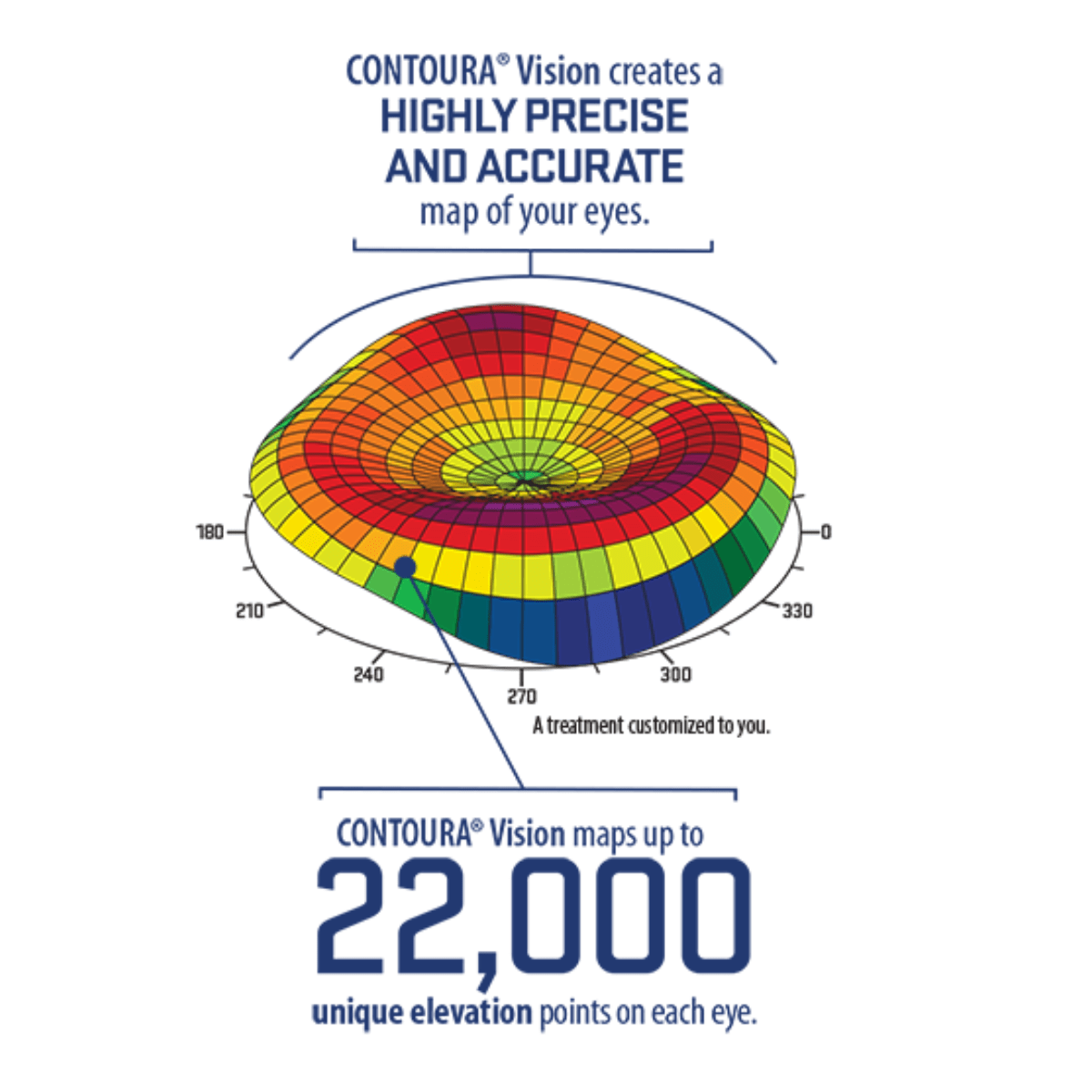
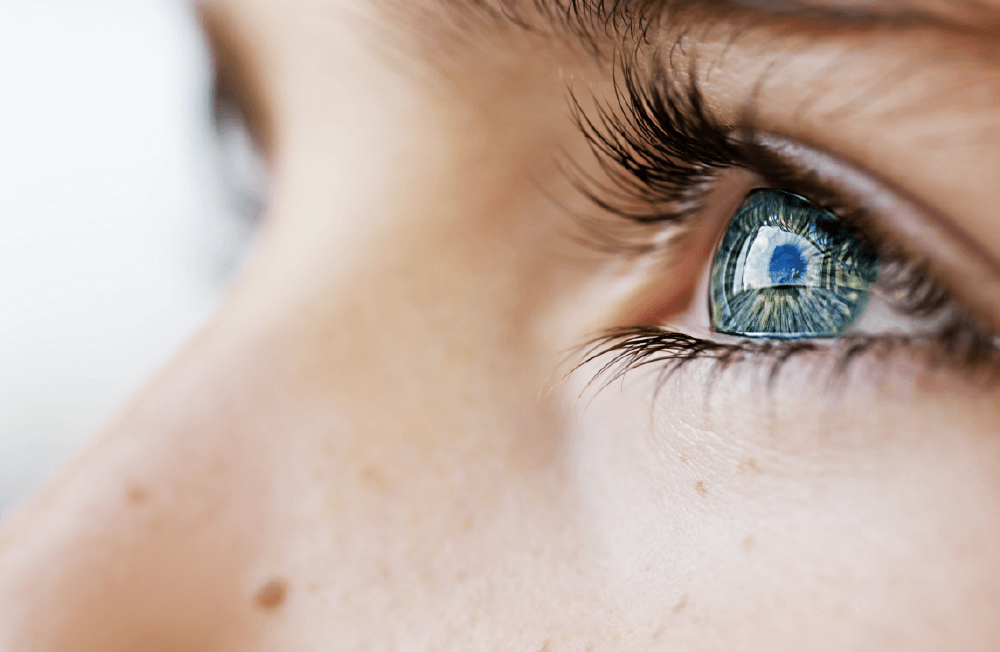
Generally, this treatment is effective for people with astigmatism or those who are nearsighted. However, there are other considerations that must be examined to ensure this is the safest treatment option.
What to Expect on LASIK Surgery Day
LASIK is an outpatient procedure that is performed in our office. Our entire staff will work hard to make you as comfortable and relaxed as possible during your procedure. Although the LASIK procedure only takes about 10 minutes, we need a little extra time to have you complete last-minute paperwork and rest before and after the procedure. Plan to spend 1-2 hours with us on this day.
If you are feeling especially anxious, we can provide relaxation medication to help calm your nerves

Here is how the surgery process will go:
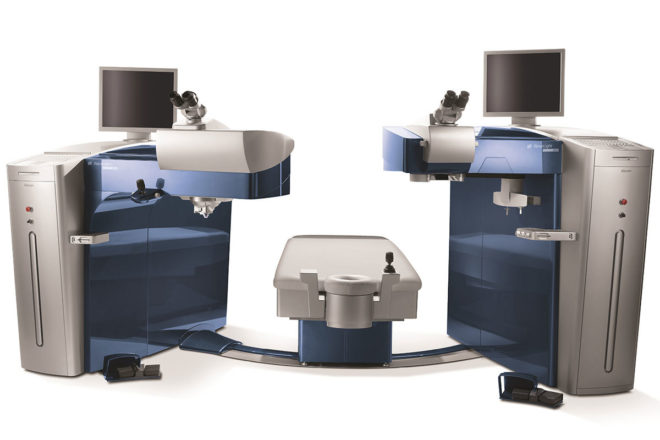
4 steps of the LASIK procedure

Your doctor will create a thin flap on your cornea. Instead of using a hand-held microkeratome blade to create the corneal flap, we use the Ziemer femtosecond laser for a blade-free experience. This laser offers a faster, cleaner and more precise incision with improved safety and better vision outcomes. It is also more comfortable than older flap creation methods.

The flap is folded back to allow access to the underlying corneal tissue.

The doctor then uses the Wavelight® EX500 excimer laser to reshape the cornea by removing small amounts of corneal tissue according to your unique refractive error. This step takes just minutes to accomplish. Eye tracking technology.

The flap is placed back into proper position where it begins to heal immediately. You will then rest in our pre-op suite and your doctor will perform one final check of your eyes. When your doctor gives the ok, you will be free to have a friend drive you home so you can rest. The next morning most patients wake up to life with clear vision, although it may take a few months for your vision to completely stabilize.
After LASIK
Some patients experience temporary eye discomfort after LASIK surgery including:
- Mild pain
- Itching or burning
- Hazy vision
- Watering
- Light sensitivity
- Dry eyes
It is important to avoid rubbing your eyes while your corneal flap heals to avoid infection or other complications. Discuss any of these conditions at your post-op appointment and contact your doctor if they continue.

Common Questions About LASIK
Numbing eye drops are placed into your eyes before the procedure to block the feeling of pain. Of course, every person has their own unique threshold for discomfort, but most patients do not report that the process is painful. You will feel a sensation of pressure on the eye during the first step of the process. Medicated eye drops or over-the-counter pain medications may help soothe any discomfort you experience as your eyes heal.
The full LASIK procedure only takes about 10 minutes, from the time you enter the LASIK suite until you go into the recovery area. Some patients can even see more clearly immediately after the procedure.
Although LASIK has a less than 1% serious complication rate among experienced LASIK doctors, it is still a surgical procedure and therefore carries some element of risk. Complications of LASIK can include:
- Starbursts, glare or halos in low light environments
- Dry eyes
- Overcorrection or undercorrection
- Corneal flap complications
- Infection
- Pain
- Blurred vision
The U.S. military has approved laser eye surgery for our troops, so this lends further credibility to the safety and effectiveness of LASIK.
You may only need 1 or 2 days off work for LASIK in Buffalo, NY: one day for the procedure and one day to rest afterward (although the second day may not be necessary). People are usually amazed to learn how quick LASIK recovery is. In fact, the healing process begins immediately after surgery. Most patients can return to normal, non-strenuous activities the very next day, although there may be some vision fluctuations as your eyes continue to heal and your vision stabilizes. It is important to keep your follow-up visits so your doctor can monitor your progress.
While most patients can achieve 20/20 vision or better after LASIK at Atwal Eye Care, it is important to realize that your vision is constantly changing. One eye condition that most people develop after age 40 is presbyopia. This is a gradual stiffening of the eye lenses that makes it difficult to focus on things up close like reading material. Over-the-counter reading glasses may be necessary, even if you have had successful LASIK. There are also different surgical methods to correct presbyopia. If you are experiencing this condition and are frustrated with reading glasses, contact us to learn about your treatment options.
There are several conditions that must be met to be considered for LASIK:
- 18 years or older
- Stable vision prescription for at least one year
- Free of eye disease or other interfering vision conditions
- Proper corneal thickness
- Good overall health
- Realistic expectations
- Full understanding of the potential risks
The only way to know if you meet these requirements is by having a comprehensive LASIK Consultation with us. This appointment will let you know for sure if this is a safe option for vision correction for you.
It is not likely that the cost of LASIK will go down in the future. In fact, as technology changes the costs may actually rise over time. While the price of LASIK is a definite concern for many people, you don’t want to shop for the lowest price if it means sacrificing quality. When you are researching LASIK centers, be sure to weigh the cost against:
- The surgeon’s training, experience and results
- The type of technology being used
- Whether or not the low advertised price will apply to your vision prescription
- Additional hidden fees that will apply
- Inclusion or exclusion of enhancement surgeries and follow-up care
You only have one set of eyes, so make sure you put your vision care into a doctor and center you trust – a center like Atwal Eye Care.
Yes. This is called a bilateral LASIK procedure. You can choose to have the surgery on both eyes or just one eye at a time.
Patients should wait 1-2 weeks before wearing makeup. We recommend that patients purchase new eye makeup to avoid infection.


